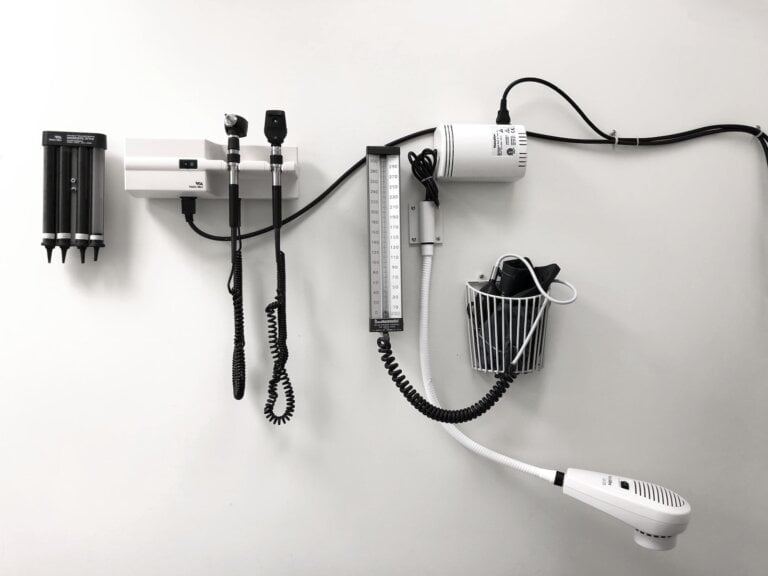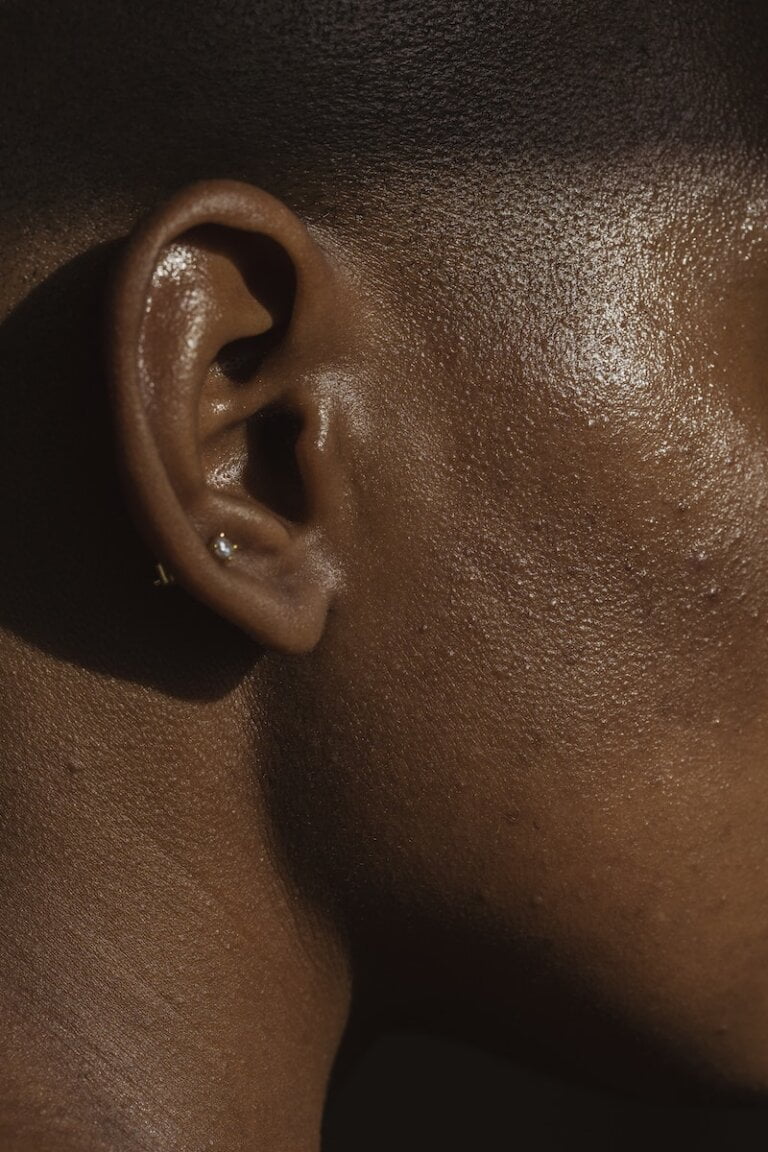Weighing the Pros and Cons of Manual Instrument Ear Wax Removal and Irrigation
Last Updated on 25th April 2024 by Admin
Earwax, also known as cerumen, is a waxy substance produced by the ear canal to protect and lubricate the ear. While it is a natural and necessary component of our ear health, an excessive buildup of earwax can lead to discomfort, hearing loss, and other complications. To address this issue, two commonly used methods for earwax removal are manual instrument ear wax removal and irrigation. In this article, we will explore the pros and cons of both methods, allowing you to make an informed decision about the best approach for your earwax management.
Manual Instrument Ear Wax Removal
Manual instrument ear wax removal refers to the process of using specialized tools, such as curettes or ear picks, to physically remove the earwax from the ear canal. This method is typically performed by trained healthcare professionals, such as ear, nose, and throat (ENT) specialists or audiologists. Here are the pros and cons of manual instrument ear wax removal:
Pros:
-
Precision: Manual instrument ear wax removal allows for precise control over the removal process. Healthcare professionals can carefully navigate the ear canal and target specific areas of wax buildup, ensuring effective and thorough wax removal. They have the expertise to identify the location and consistency of the wax, enabling them to employ the most appropriate technique for removal.
-
Flexibility: Different tools can be used for manual instrument ear wax removal, allowing healthcare professionals to adapt to various ear canal shapes and sizes. This flexibility ensures that the procedure can be tailored to individual needs, maximizing patient comfort and satisfaction. The ability to choose the right tool for the job ensures optimal results and minimizes the risk of injury or discomfort.
-
Immediate Relief: In many cases, manual instrument ear wax removal provides immediate relief from symptoms associated with excessive earwax, such as hearing loss or discomfort. This prompt resolution of symptoms can significantly improve the overall quality of life for individuals experiencing earwax-related issues. Patients can experience a noticeable improvement in hearing and a reduction in discomfort shortly after the procedure.
Cons:
-
Risk of Injury: Manual instrument ear wax removal carries a small risk of injury, especially when performed by untrained individuals. Improper technique or excessive force can lead to ear canal abrasions, punctured eardrums, or other complications. It is crucial to seek professional assistance to minimize the risk of injury. Trained healthcare professionals possess the knowledge and skills to perform the procedure safely and effectively.
-
Discomfort: While manual instrument ear wax removal is generally well-tolerated, some individuals may experience slight discomfort during the procedure. This discomfort is usually brief and mild, but it is important to communicate any discomfort to the healthcare professional performing the procedure. They can make adjustments to ensure patient comfort and address any concerns promptly.
-
Possible Incomplete Removal: In certain cases, manual instrument ear wax removal may not completely remove all the earwax due to its location or consistency. The effectiveness of the procedure depends on the skill and experience of the healthcare professional, as well as the nature of the wax buildup. It is essential to have a thorough assessment and follow-up to ensure that all the wax has been adequately removed.
Irrigation for Ear Wax Removal
Irrigation, also known as ear syringing or ear lavage, involves the use of a gentle water flow to flush out the earwax from the ear canal. This method is often performed by healthcare professionals and can be an effective alternative to manual instrument ear wax removal. Here are the pros and cons of irrigation for ear wax removal:
Pros:
-
Non-Invasive: Irrigation is a non-invasive method of earwax removal, making it suitable for individuals who may be uncomfortable with manual instrument techniques. The procedure involves the gentle introduction of warm water or a saline solution into the ear canal, allowing the wax to be dislodged and flushed out naturally. It is a safe and gentle method that does not involve any instruments entering the ear canal.
-
Efficient: Irrigation can be a relatively quick and efficient method for removing earwax. With proper technique, it can effectively remove large accumulations of wax, providing immediate relief from associated symptoms. The force of the water helps to dislodge and carry away the wax, allowing for thorough cleaning of the ear canal.
-
Minimal Discomfort: While some individuals may experience a mild sensation of fullness or pressure during irrigation, the procedure is generally well-tolerated and minimally uncomfortable. The use of warm water or a saline solution helps to ensure a comfortable experience. Healthcare professionals can adjust the water temperature and pressure to suit individual preferences and minimize discomfort.
Cons:
-
Risk of Complications: Although rare, irrigation carries a small risk of complications, especially if performed incorrectly or with excessive pressure. These complications may include ear canal trauma, infection, or temporary dizziness. It is crucial to have the procedure performed by a trained healthcare professional to minimize these risks. Professionals can ensure proper technique and monitor for any signs of complications.
-
Not Suitable for Everyone: Irrigation may not be suitable for individuals with certain ear conditions, such as a perforated eardrum, previous ear surgery, or a history of ear infections. It is essential to consult with a healthcare professional to determine if irrigation is a suitable option for earwax removal in your specific case. They can evaluate your medical history and perform a thorough examination to determine the most appropriate method for you.
-
Possibility of Water Retention: In some cases, irrigation may lead to temporary water retention in the ear canal. This can cause a feeling of fullness or temporary hearing loss. However, this is usually resolved spontaneously within a few hours. It is important to follow any post-procedure instructions provided by the healthcare professional to minimize the risk of water retention and ensure a complete recovery.
Conclusion
Both manual instrument ear wax removal and irrigation are viable methods for addressing excessive earwax. Each method has its own set of pros and cons, and the choice between them depends on individual preferences, the severity of the wax buildup, and any underlying ear conditions. It is crucial to consult with a healthcare professional to determine the most appropriate approach for your specific situation. They can assess your ear health, discuss your symptoms, and recommend the best course of action. Remember, proper earwax management can help maintain your ear health and overall well-being.
FAQ
-
What is manual instrument ear wax removal?
Manual instrument ear wax removal refers to the process of using specialized tools, such as curettes or ear picks, to physically remove the earwax from the ear canal. It is typically performed by trained healthcare professionals. -
What are the pros of manual instrument ear wax removal?
The pros of manual instrument ear wax removal include precision, flexibility to adapt to different ear canal shapes and sizes, and immediate relief from symptoms associated with excessive earwax. -
What are the cons of manual instrument ear wax removal?
The cons of manual instrument ear wax removal include the risk of injury if performed by untrained individuals, slight discomfort during the procedure, and the possibility of incomplete removal in certain cases. -
What is irrigation for ear wax removal?
Irrigation, also known as ear syringing or ear lavage, involves the use of a gentle water flow to flush out the earwax from the ear canal. It is a non-invasive method often performed by healthcare professionals.







